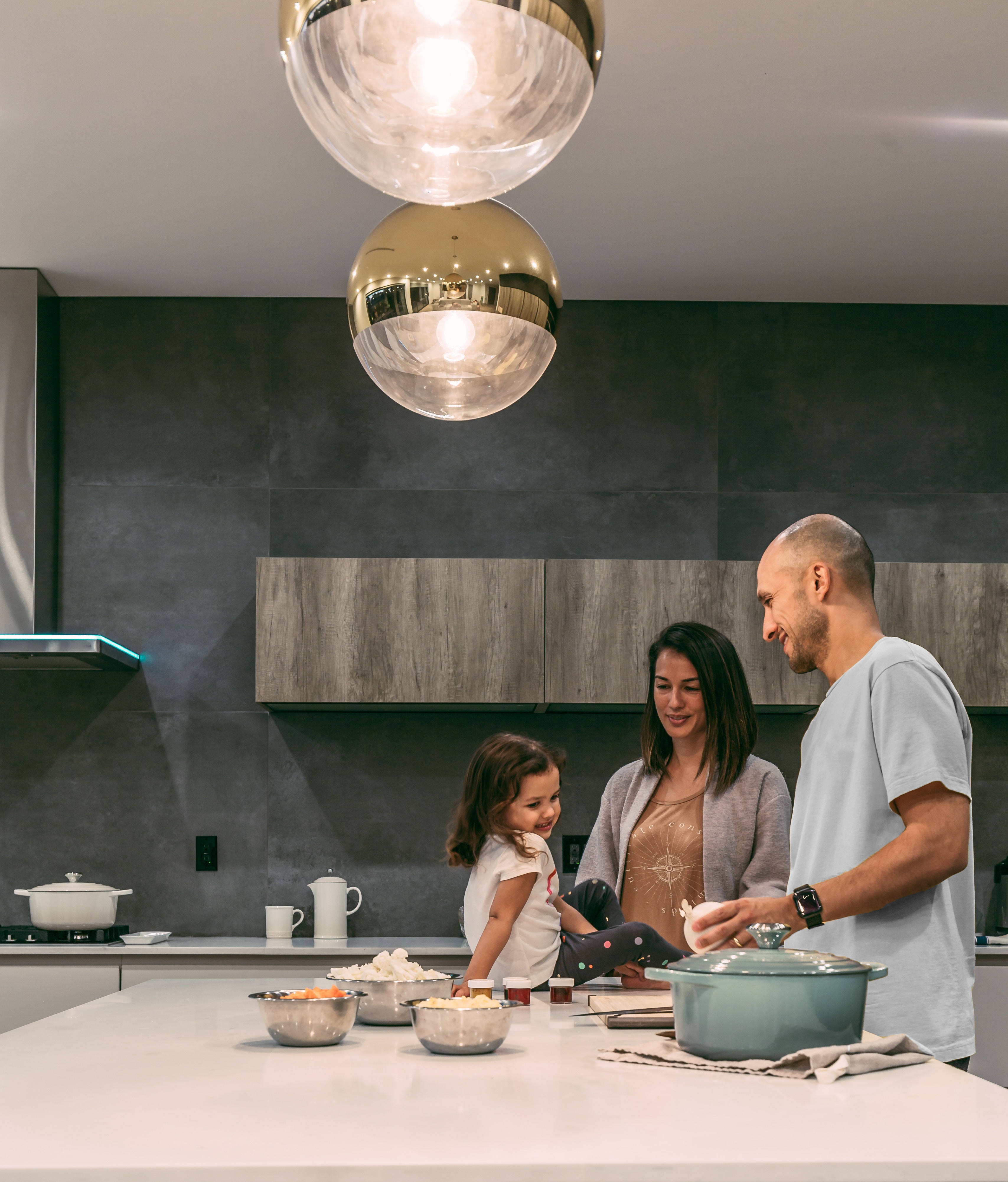As inflation hovers around its highest level in 40 years, more of us are looking closely at where our money is going and how we can make it go further.
One simple step you can take is setting a household budget, so you can be sure you’re living within your means and identifying where positive changes and improvements can be made.
Many families work to the 50/30/20 rule, with 50 per cent of your income going on essentials, 30 per cent on non-essentials, and 20 per cent going into savings.
While this isn’t a hard and fast rule, it does show the various factors you have to keep in mind as you find a figure that works for you and your family.
Not only can it put you in a stronger position to withstand the current crisis, it can also keep you on course to achieve your longer-term ambitions.
If you decide to set a weekly budget, here are five steps you should go through first.
Find out your monthly income
To work out a household budget, it’s important to know exactly how much money you have coming in.
Work out what you have left from your pay packet once you factor in tax deductions and pension contributions, alongside other possible sources of income, such as investments that generate returns.
You should do this for at least the previous three months, as your income may vary slightly from month to month, so you can calculate a realistic average.
Go through your paperwork
The next step is to find out where your money is going, so spend at least an hour or so going through any relevant documents containing this important information.
That can be anything from bank statements to shopping receipts, as well as paperwork from pension and insurance providers, household bills and details of any investments you may have in place.
Some of this paperwork will be physical documents that have dropped through your letterbox, while much of this will be in your email inbox and online accounts. Admittedly, it can be a time-consuming task.
But it’s worth taking that time, so you can be sure you have accurate figures in front of you when you’re calculating your budget.
Calculate essential spending
Now you have a clear idea of how much money is coming in every month and where it’s going, it’s time to drill down into how much is going towards essential expenditure – in other words, your basic living costs.
You can work this out by going through the documents you brought out earlier, as they’ll clearly state how much you’re spending on things like groceries, mortgage payments and gas and electricity bills.
Once you’ve calculated your essential spending, you can then see how this compares to the average monthly income you worked out earlier.
Calculating your essential spending can also help you identify areas where savings can be made. For instance, if you think you’re paying over the odds for an insurance policy or a broadband contract, perhaps because an introductory offer has expired, you can negotiate with your provider or switch to a new one, potentially yielding significant savings.
Review your spending habits
Now that you know how much you’re earning in a typical month and spending on absolute essentials, such as your mortgage, food and utility bills, you can then take a close look at your discretionary spending.
How much of what you’re buying would you class as non-essential? Could you benefit from cutting back in some areas? Are you in a habit of spending money on something you don’t really need, or could get cheaper elsewhere?
Ask yourself some searching questions so you can see if you’re using your disposable income wisely, as this could help you work out if you can afford to be putting more money into savings, in a pension, or investing elsewhere.
Set a realistic budget
So, you have a clear idea of what you’re earning, how much is being spent on essential living costs and what’s going towards non-essentials and luxuries.
That means you can now set a household budget that reflects your current financial situation and means you’re living within your means.
You should also make sure it reflects your financial goals, so you’re still in a position to work towards ambitions such as having more disposable income or putting more money into savings.
If you have any questions about taking control of your finances and how to set a realistic household budget, feel free to get in touch with us and we’ll be happy to speak with you.

 Email us
Email us
 Call us
Call us



 15th November 2022
15th November 2022




